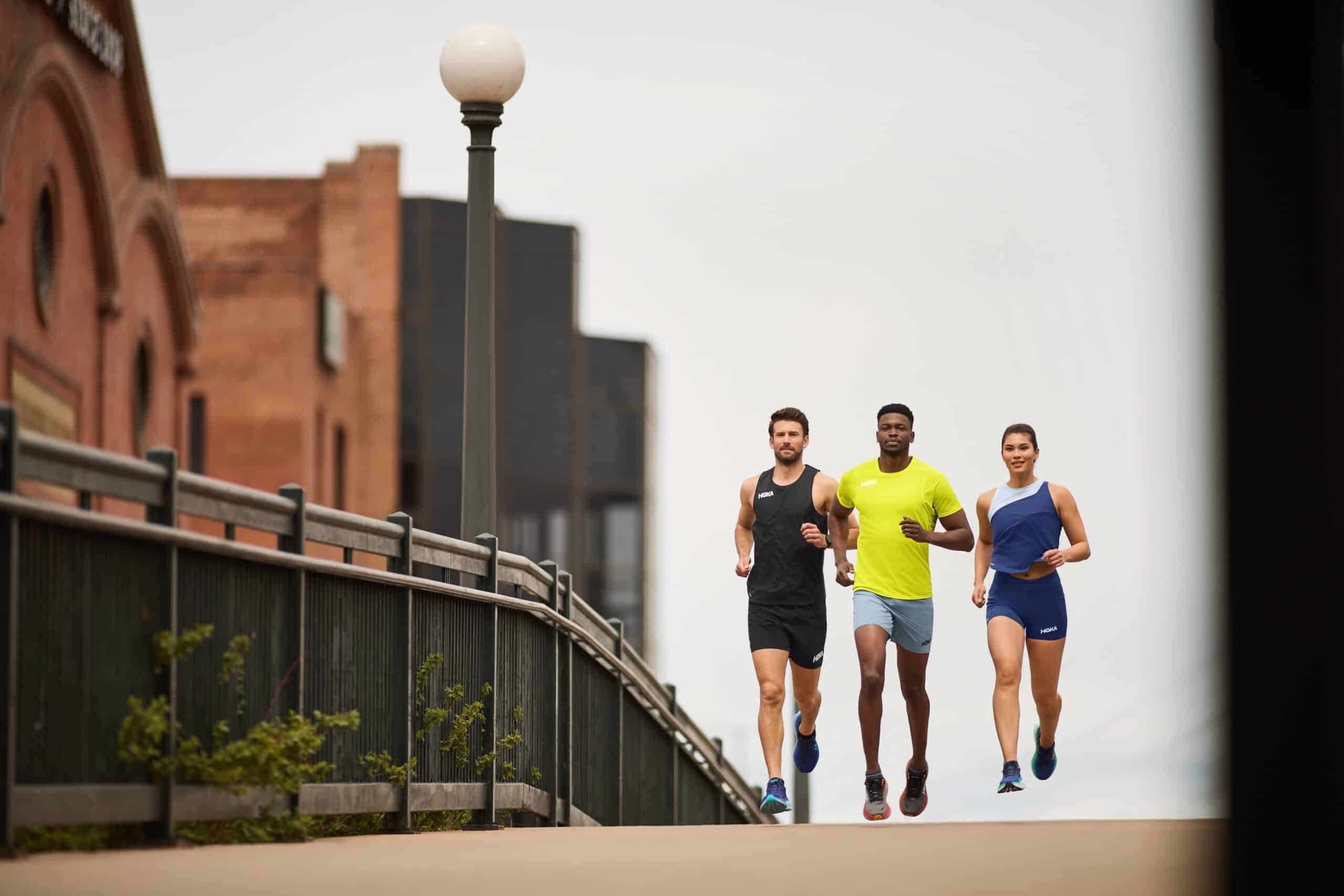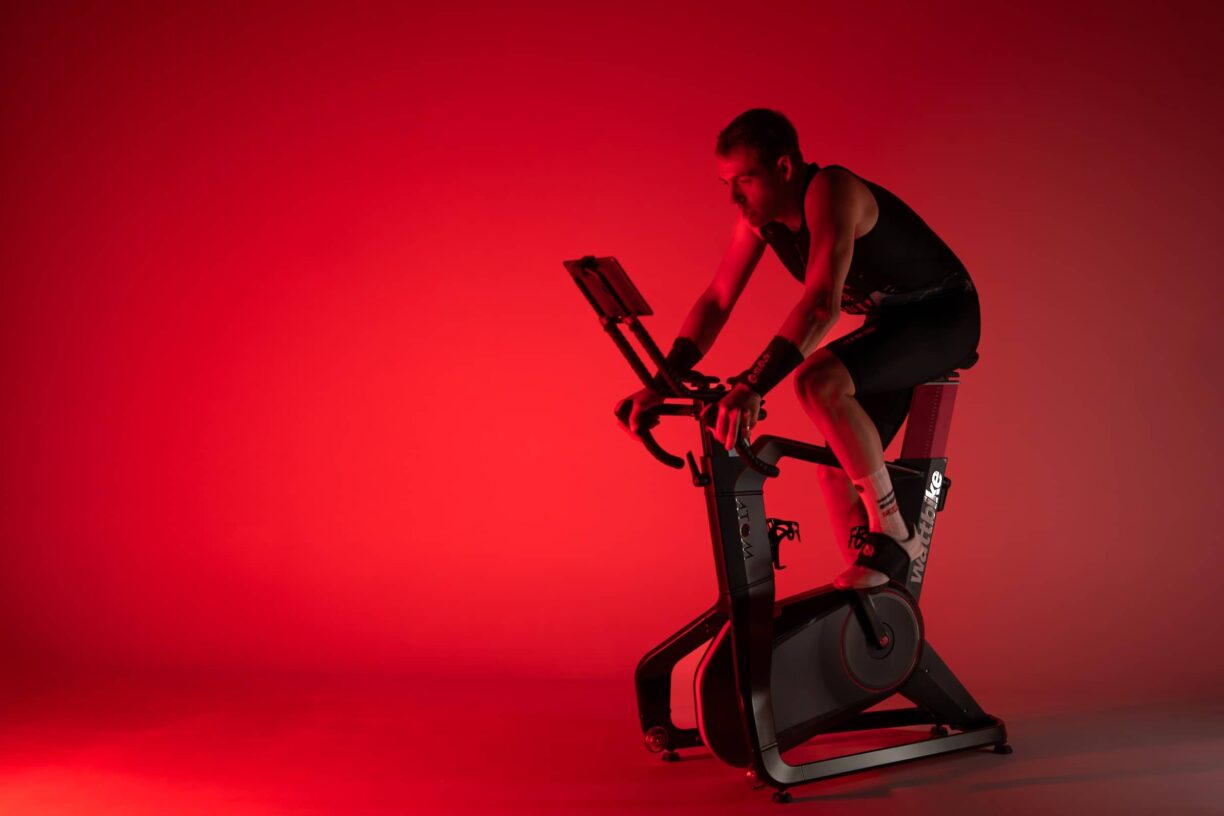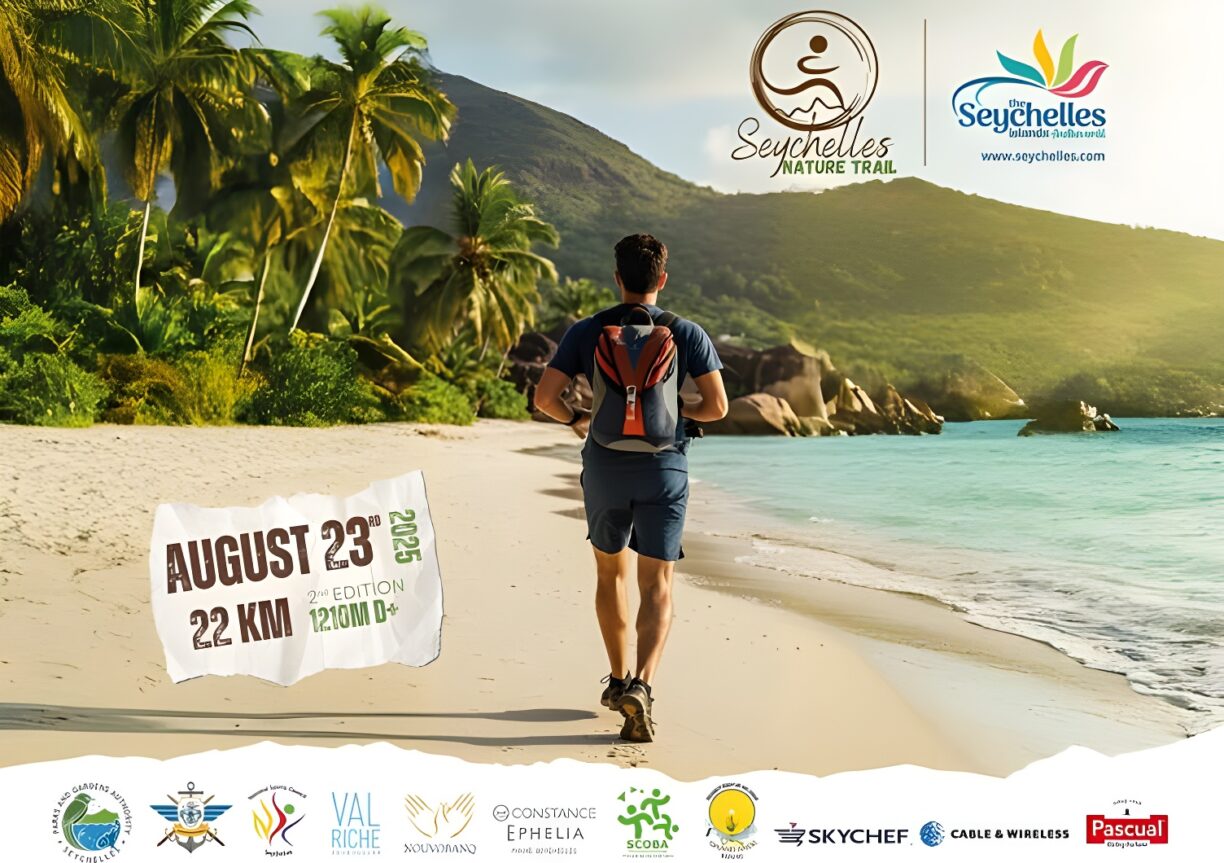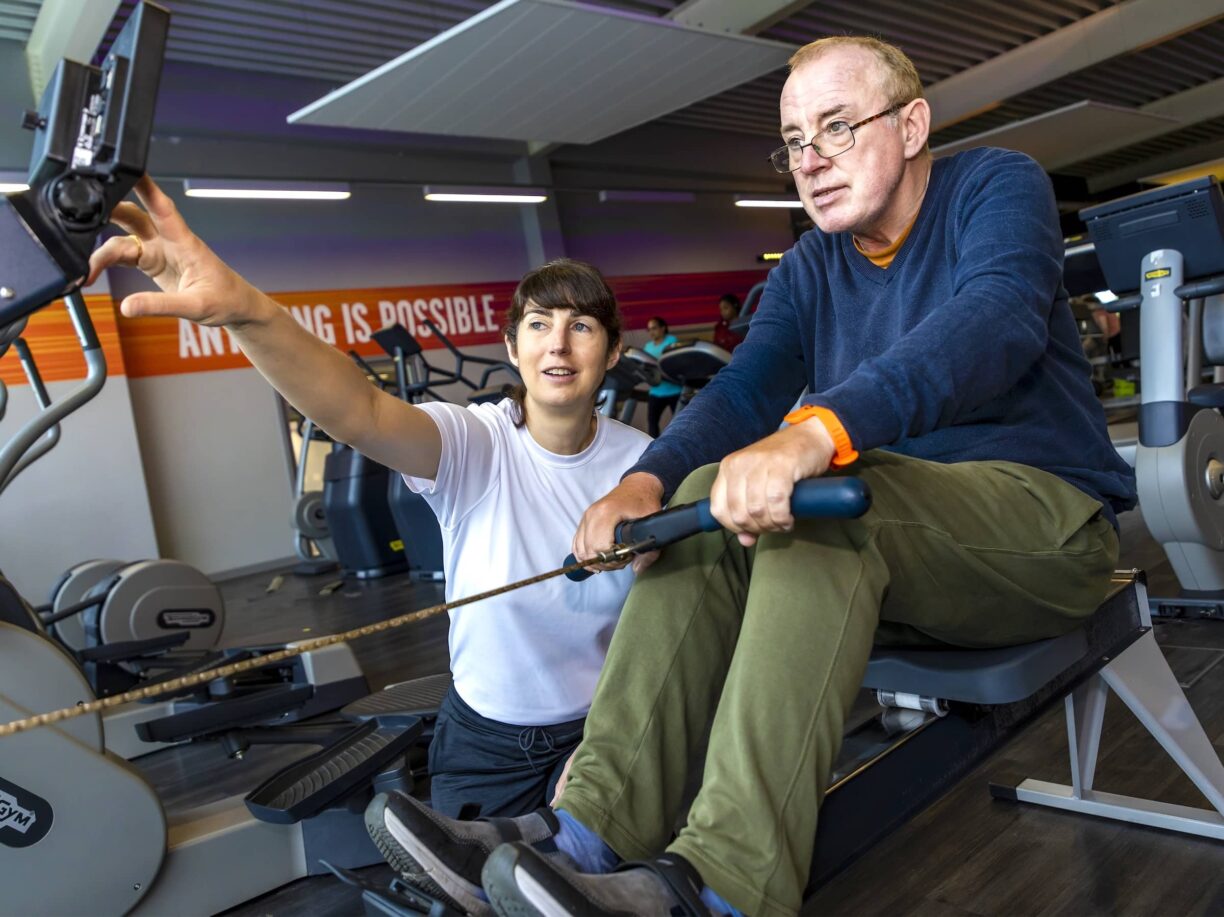Research by HOKA reveals the best cities for runners around the globe based on several environmental and external factors, with Austria’s capital city, Vienna, reigning supreme due to its overall walkability (100/100) and low pollution levels.
Following in Vienna’s footsteps is Spain’s Santa Cruz de Tenerife and Melbourne, Australia. Eight of the top 10 cities are situated in Europe, making it the best continent for running overall, while Australia holds two places for Melbourne and Sydney, in third and eighth position respectively.
Though no American city ranked in the top 10, 12 cities appeared in the index’s top 40 with Denver placing highest at 12th position overall, followed by San Diego and New York in 15th and 16th positions respectively.
To help runners to find the perfect run, HOKA has shared the world’s top cities with the best conditions for running.
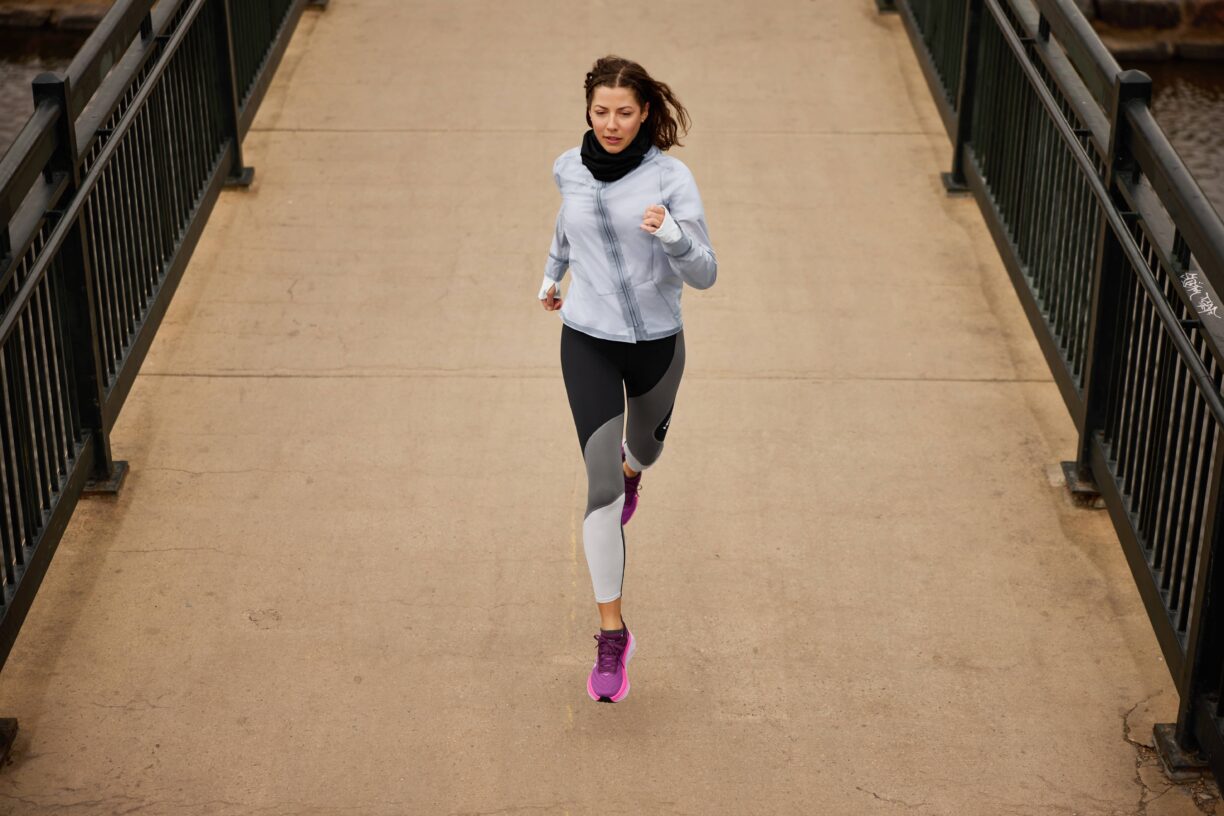
The world’s top cities for runners
Running and outdoor exercise have become extremely popular over the last few years, with global Google searches for ‘running’ increasing 22% year-on-year, searches for ‘active holidays’ rising 50% and running holidays trending 22% more than the previous year. With more people taking to the streets for their daily exercise, it’s more important than ever to consider the external factors that may be impacting your physical health.
Vienna, Austria –
Crowned as the best city for runners, Vienna scores 100/100 for walkability making the running experience across the city very smooth.
If you prefer a greener run you can have access to Schönbrunn Palace gardens to enjoy a more nature-feeling run. With an average temperature of 13.5°C and average humidity of 62%, it’s likely that waterproof gear will be needed as this combination often means high possibility of showers.
Vienna has very low traffic CO2 emissions, 1,696 gr per return trip providing one of the lowest pollution levels in the top ten, second only to Copenhagen. All the above makes Vienna the city of runners’ dreams.
Santa Cruz de Tenerife, Spain –
With 82% of its land made up of green spaces and an average temperature of 22°C, Santa Cruz de Tenerife sits in second position.
Situated within the Canary Islands, this island will transport runners to a desert-like location. Recording 61% humidity levels and a 65% water quality level, runners will need to prepare bottled water for their run as dehydration may be possible.
You can freshen up after your run by jumping into the water at one of its beautiful beaches such as Los Cristianos or Costa Adeje.
Melbourne, Australia –
Making it into the top three is Melbourne. This city, also known as ‘The Sporting Capital of The World’, scores 99/100 for walkability and has an average temperature of 17°C.
With a low humidity level (52%) and a very high Air quality score (3), this bayside location has the perfect conditions for running. Royal Botanic Gardens Victoria is a highly recommended location for those looking to run close to nature without leaving the city.
Rome, Italy –
In position four, one of the most ancient cities on the globe, Rome. This food lovers’ paradise is also one of the best cities for runners with an average temperature of 17.5°C, an air quality score of 12/100 and a walkability score of 99/100.
Give your body an extra push by finishing your running session going up and down the stairs of Piazza di Spagna.
Stockholm, Sweden –
Rounding off the top five is Stockholm. With significantly low traffic CO2 emissions (2,377 gr per return trip) and a walkability score of 99/100, Stockholm is a wonderful running location.
Its low average temperature of 10.5°C and its high humidity (75%) suggest that waterproof gear is recommended when running across this city and the 50 bridges that connect its 14 islands.
Berlin, Germany –
In sixth position, is one of the flattest cities in the world, Berlin. The capital of Germany also has very low traffic CO2 emissions, only 2,419 gr per return trip, meaning better air quality for your run.
With its low average temperature of 11.5°C and its 69% humidity level, runners need to make sure to cover themselves to avoid skin damage when running across this historical and emblematic city.
Lisbon, Portugal –
Lisbon sits in seventh position in the HOKA index. The capital of Portugal scores 99/100 for walkability and its average temperature of 18°C will make running across its beautiful and colourful streets a next-level experience.
Running across the Alfama neighbourhood will transport you to the Romans and Mooorish times – not only a beautiful sight to behold, the high inclinations will also push your limits.
Sydney, Australia –
In eighth position is the second Australian city making it into the HOKA index, Sydney. With a walkability score of 100/100, its 17°C temperature and a very low humidity level of 57%, Sydney and its stunning beaches such as Bondi or Marley Beach will have runners wishing for free time to get those miles in.
Barcelona, Spain –
This well-known Spanish city sits in ninth position. Although green space is limited, this city is perfect for an urban run due to its 100/100 score for walkability and its low traffic CO2 emission (3,304 gr per return trip).
If you are looking to add some resistance to your running routine, running up The Tibidabo will guarantee sore muscles but at the same time you will enjoy the magnificent view of the whole city of Barcelona and its coastline.
Copenhagen, Denmark –
Just making it into the top ten is Copenhagen. Copenhagen is the city with the lowest amount of traffic CO2 emissions in the HOKA index – only 1,610 gr per return trip – and with the best Air IQ score of 0/100.
Its low average temperature of 10°C and its 79% humidity level makes it a very good option for runners as long as they are prepared for cold and wet weather.
End your running session across the Inner Østerbro district to discover how the city was created with a visit to the Gefion Fountain and Kastellet.
The performance footwear brand’s in-depth analysis reviewed seven key factors that can impact outdoor running and exercise such as air pollution, traffic CO2 emission data, the number of green spaces, walkability, average temperature, humidity levels and water quality, in order to reveal the cities with the ideal running conditions.

